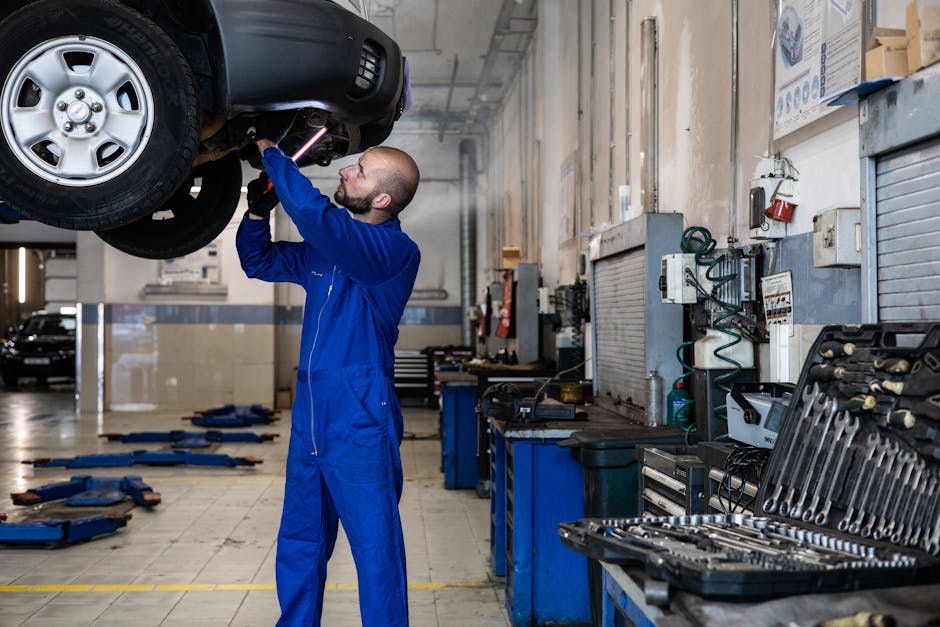
Clinical transport services are essential components of the health care system, making sure that patients receive the treatment they require immediately and successfully. Whether it involves ambulances, air transportations, or non-emergency clinical vehicles, medical transport plays a crucial role in carrying people to and from medical centers. This short article explores the different sorts of medical transport services, their value, and the considerations involved in their procedures.
One of the key sorts of medical transport is the ambulance solution, which is often the initial line of action during emergencies. Furnished with innovative clinical tools and staffed by skilled specialists, rescues can give life-saving interventions en route to health centers. Ground rescues serve most neighborhoods, but in rural or hard-to-reach locations, air rescues come to be important. Air transportation can considerably lower travel time for clients experiencing severe clinical emergencies, allowing critical care to start rather.
Non-emergency clinical transportation (NEMT) accommodates individuals who need help reaching medical appointments, treatments, or various other healthcare solutions without the seriousness associated with emergencies. This solution is especially crucial for elderly patients or those with chronic illnesses who may be unable to drive or use mass transit. Ensuring that these people have accessibility to care not just enhances wellness results but likewise boosts their lifestyle and freedom.
The effectiveness of clinical transportation services relies on well-coordinated logistics, including timely send off, correct lorry upkeep, and knowledgeable employees. Technology plays an increasingly essential duty in improving procedures. General practitioner tracking, real-time communication, and digital health records improve action times and promote far better look after clients throughout their transport. Furthermore, as health care shipment remains to progress, cutting-edge options, like telehealth and mobile centers, are starting to supplement standard transport options.
As we relocate right into the future, the requirement for reliable and timely medical transport will remain paramount. Ongoing financial investments in facilities, training, and modern technology will help make certain that clients can access the care they need in a fashion that is not just quick but likewise safe. Recognizing the various layers of medical transportation emphasizes its essential duty in the more comprehensive medical care structure and highlights the continual demand for enhancement in this critical service.



 The Rise of Holistic Medicine: How Online Consultations are Revolutionizing Healthcare
The Rise of Holistic Medicine: How Online Consultations are Revolutionizing Healthcare Choosing The Right Pool Builder
Choosing The Right Pool Builder